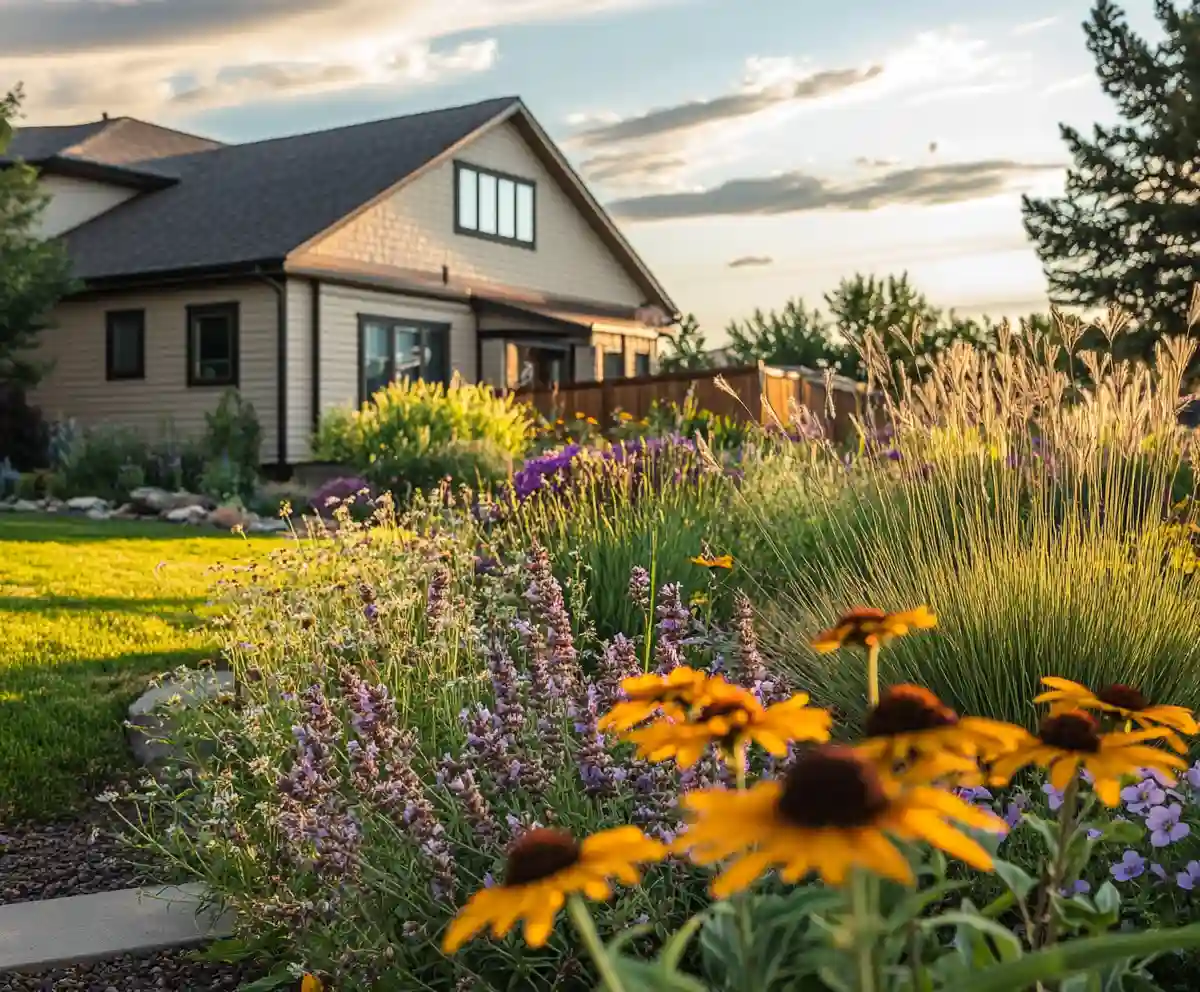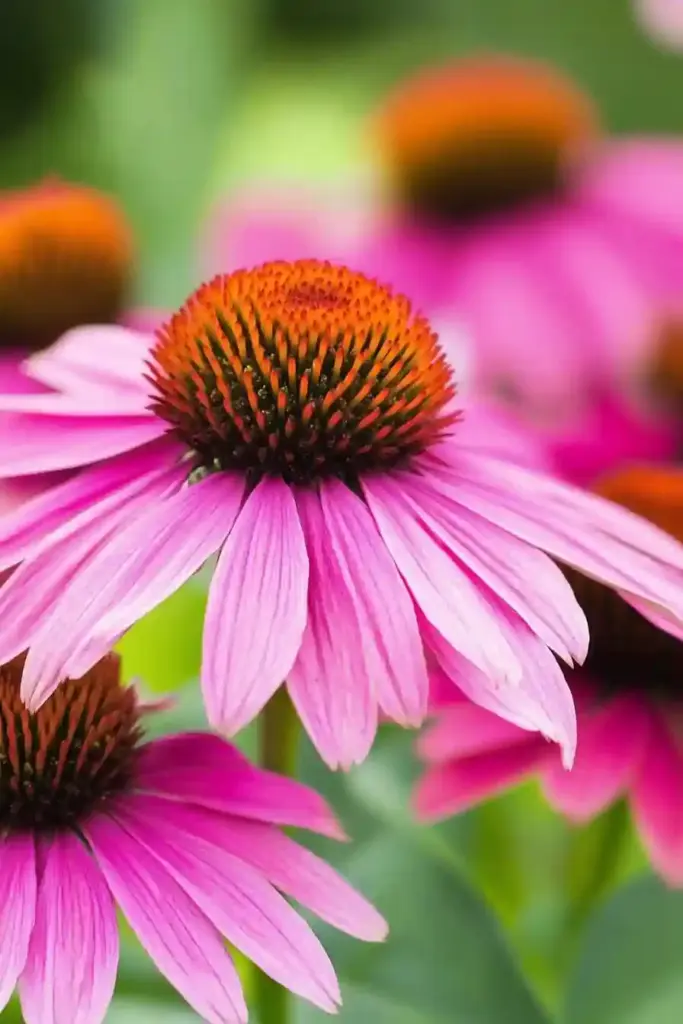Want a garden that bursts with color every season—without replanting every year? That’s where the best perennials come in. These long-lasting bloomers return each year with little fuss, rewarding you with vibrant flowers, lush foliage, and habitats for pollinators like bees and butterflies.
In this guide, we’ve rounded up some of the best perennials to plant in your garden—from sun-lovers to shade champions—so you can enjoy beauty that keeps coming back. Whether you’re a beginner or a seasoned gardener, these perennial favorites will help you build a low-maintenance, high-impact garden that thrives across the seasons.
Top Colorful and Easy-Care Perennials
Choosing the best perennials for your garden means finding plants that offer bold color, minimal upkeep, and long-lasting blooms. Here are some standout varieties that check all the boxes.
1. Coneflower (Echinacea)
- Zones: 4–9
- Sun: Full sun
- Why It’s Great: With bold, daisy-like blooms in purples, pinks, and whites, coneflowers are not only beautiful but also drought-tolerant and deer-resistant. Their nectar-rich flowers are magnets for bees and butterflies, making them a pollinator garden essential.
- Pro Tip: Leave the seed heads in fall to feed birds and add winter interest.
2. Peony
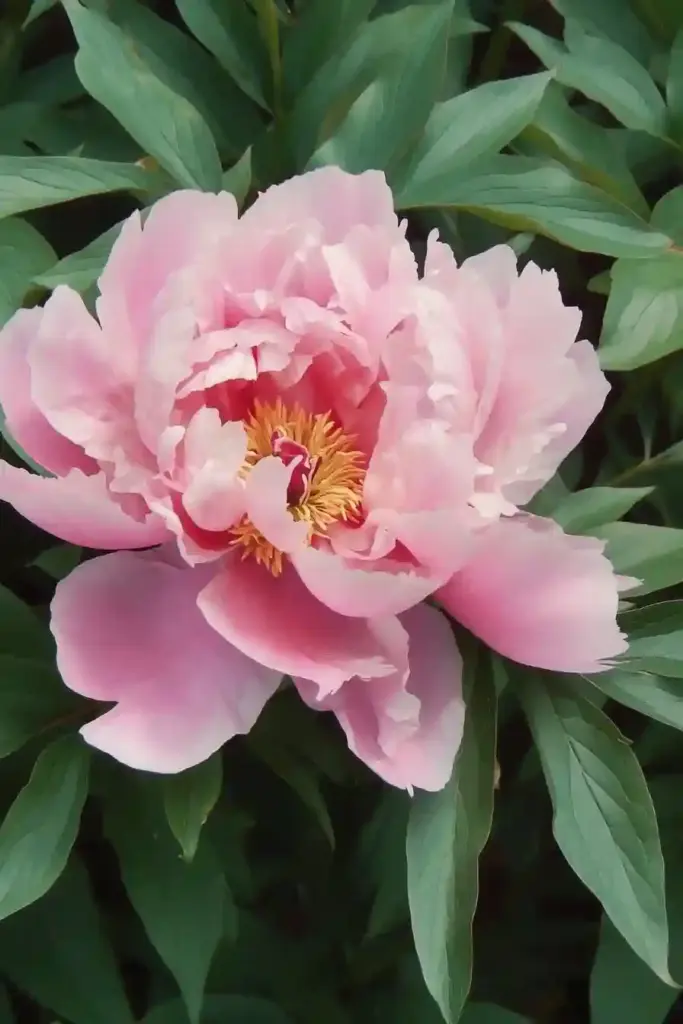
- Zones: 3–8
- Sun: Full sun to part shade
- Why It’s Great: Known for their giant, fragrant blooms, peonies are long-lived and spectacular in any garden. Once established, they’re remarkably resilient.
- Soil Needs: Well-drained, rich soil
- Color Range: Pink, red, white, and yellow
3. Lavender
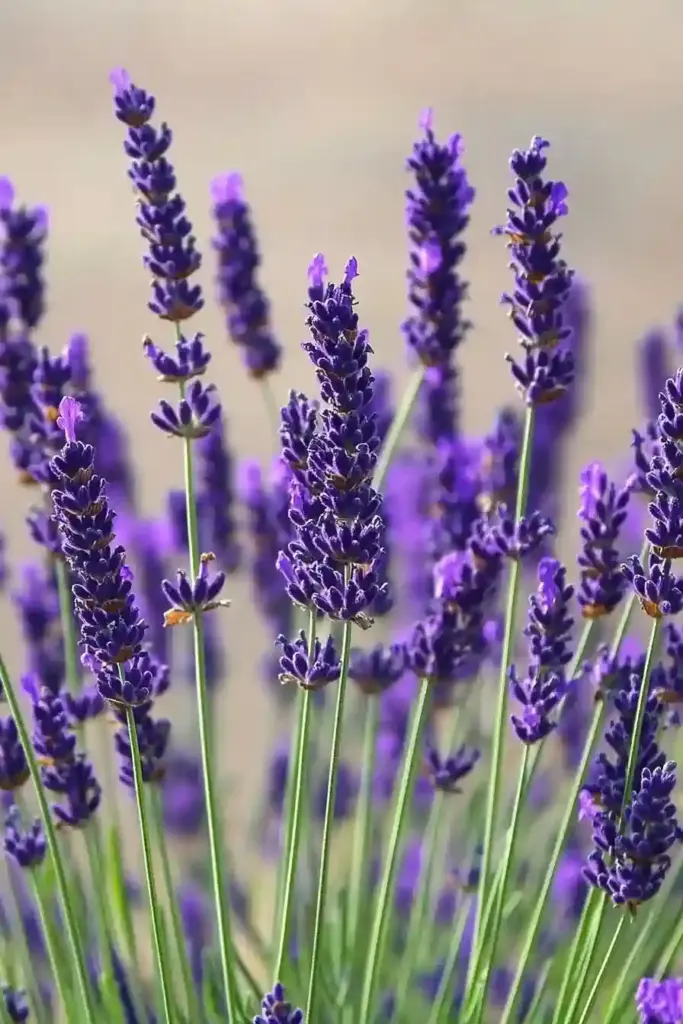
- Zones: 5–9
- Sun: Full sun
- Why It’s Great: Lavender’s soothing fragrance and soft purple flowers add beauty and aroma to any garden. It’s drought-tolerant, deters deer, and thrives with little care.
- Bonus: Ideal for herb gardens, dried arrangements, or borders.
4. Black-Eyed Susan (Rudbeckia)
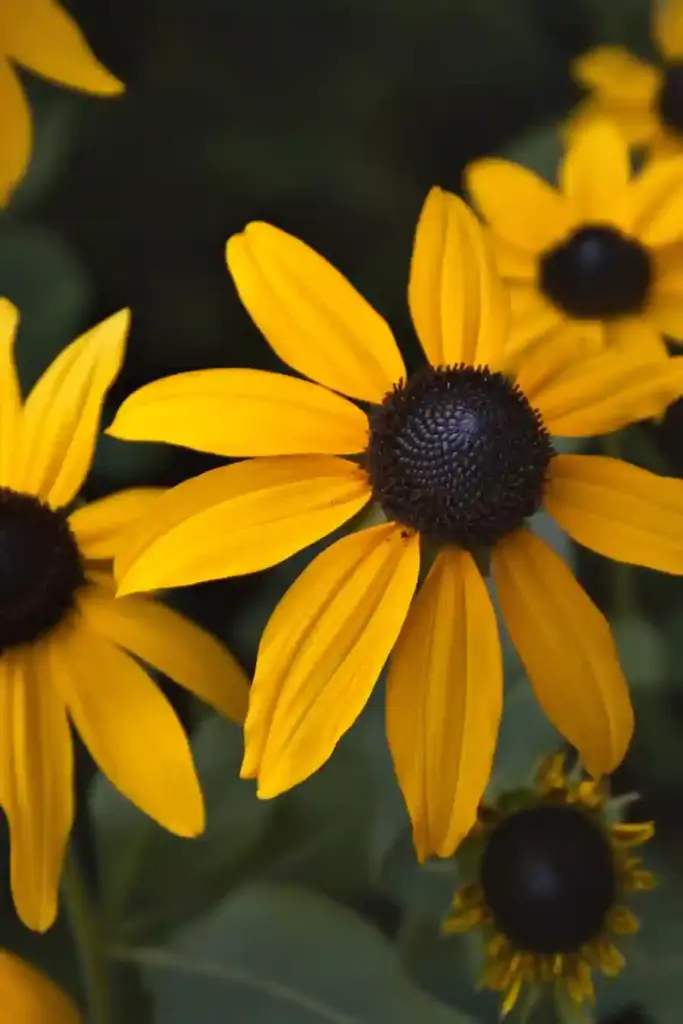
- Zones: 3–9
- Sun: Full sun
- Why It’s Great: These golden-yellow blooms with dark centers brighten any space and bloom for months. They attract butterflies and are incredibly low-maintenance.
- Versatile Use: Excellent for borders, pollinator gardens, or mass plantings.
5. Bee Balm (Monarda)
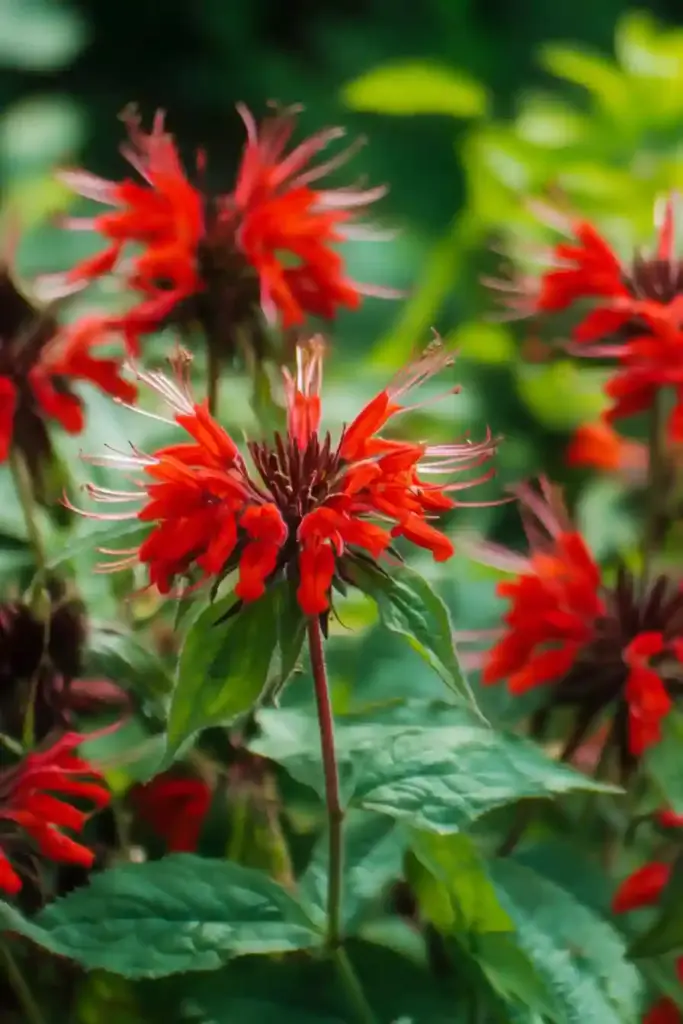
- Zones: 4–8
- Sun: Full to partial sun
- Why It’s Great: Bee balm does double duty—repelling mosquitoes while attracting bees, butterflies, and hummingbirds. Its vibrant red, pink, or purple flowers bloom mid to late summer.
- Bonus: Member of the mint family—expect it to spread!
6. Sedum (Autumn Joy)
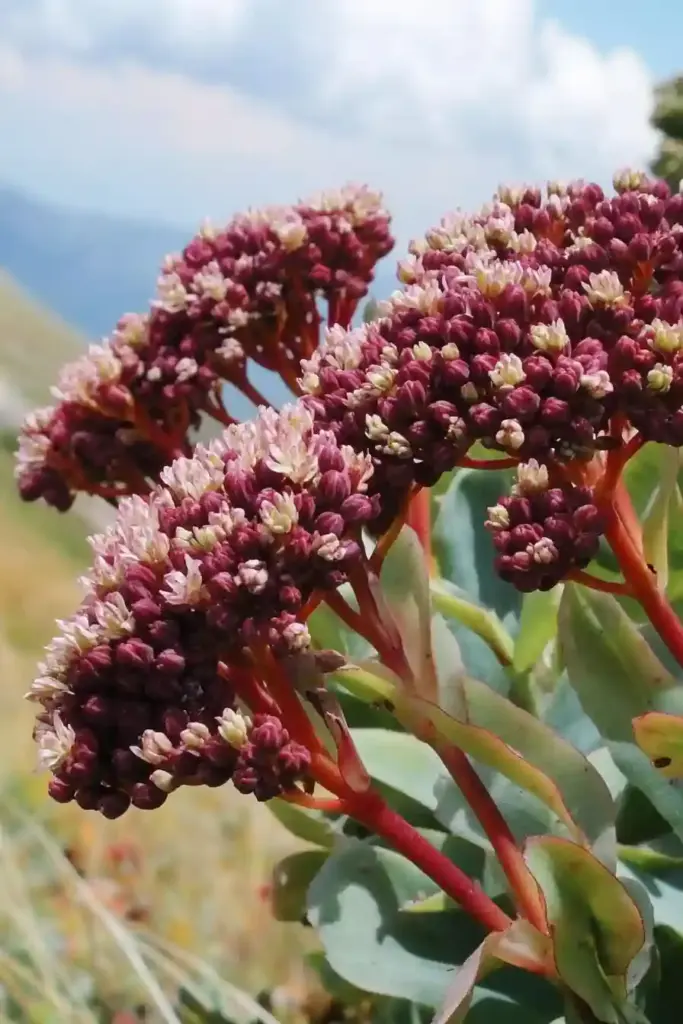
- Zones: 3–9
- Sun: Full sun
- Why It’s Great: Sedum is a tough perennial that loves heat and dry soil. It produces large flower heads that attract pollinators and look great even when dried.
- Maintenance: Virtually none—perfect for busy gardeners.
7. Daylily (Hemerocallis)
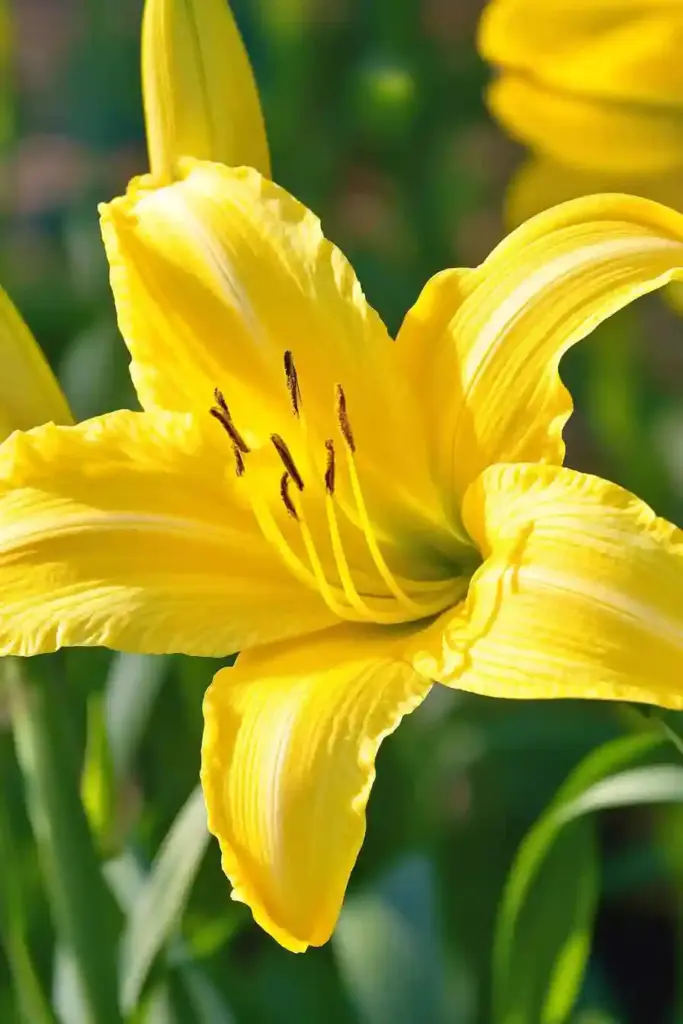
- Zones: 3–10
- Sun: Full sun to partial shade
- Why It’s Great: Each flower blooms for just a day, but with so many buds, daylilies offer color all summer. They come in a rainbow of hues and thrive in nearly any condition.
- Good To Know: Ideal for erosion control and mass plantings.
Perennials That Thrive in Shade and Moisture
Every garden has a shady corner or a damp patch. Instead of fighting those spots, fill them with perennials that love those conditions. These beauties will add color and texture where sunlight is sparse.
8. Bleeding Heart (Dicentra)
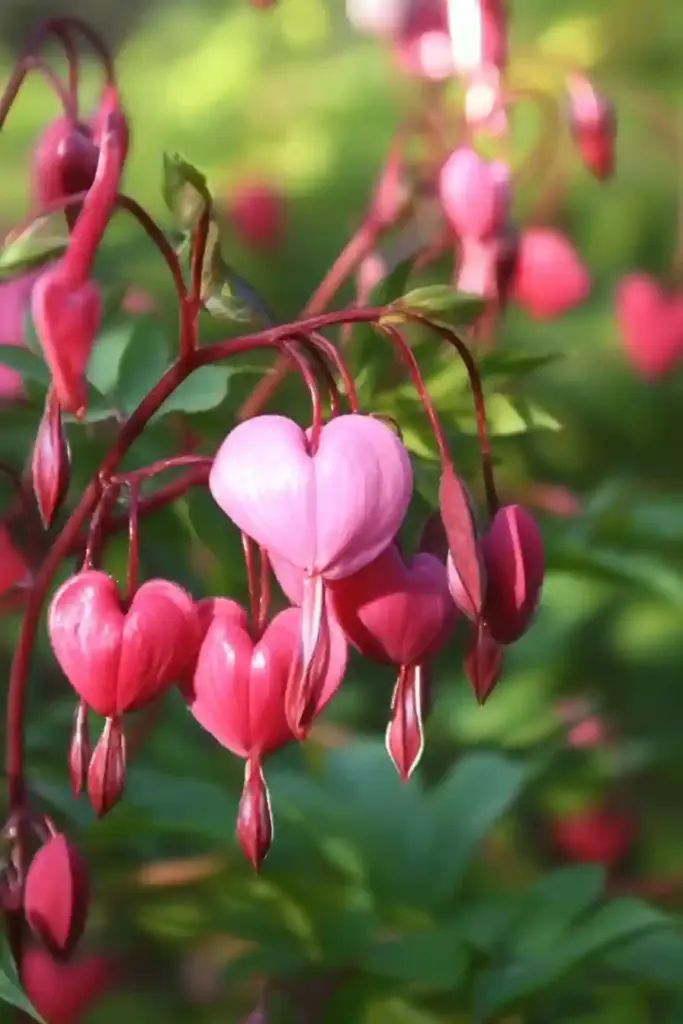
- Zones: 3–9
- Light: Part to full shade
- Why It’s Great: Known for its romantic, heart-shaped blooms that hang like little charms along arching stems, Bleeding Heart thrives in woodland-style gardens.
- Soil Needs: Rich, moist, well-draining soil
- Bonus: Long blooming period and deer-resistant
9. Hybrid Astilbe
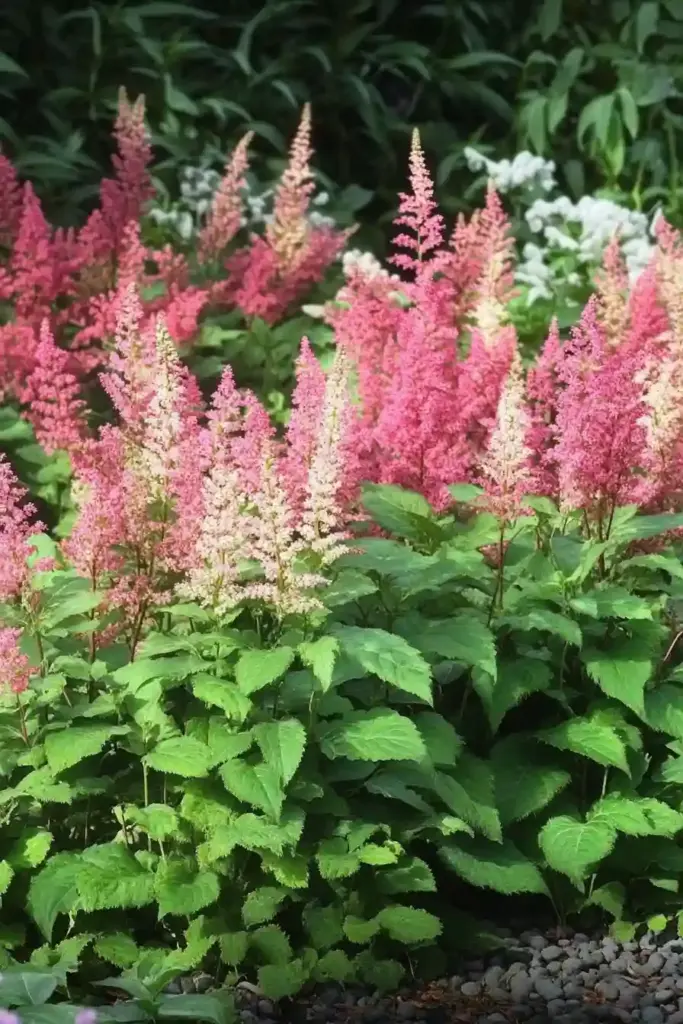
- Zones: 4–9
- Light: Partial to full shade
- Why It’s Great: These feathery plumes light up shady areas with colors like pink, red, and white. Astilbe also has attractive fern-like foliage that lasts all season.
- Best Used For: Borders, woodland gardens, or shade containers
10. Turtlehead (Chelone)
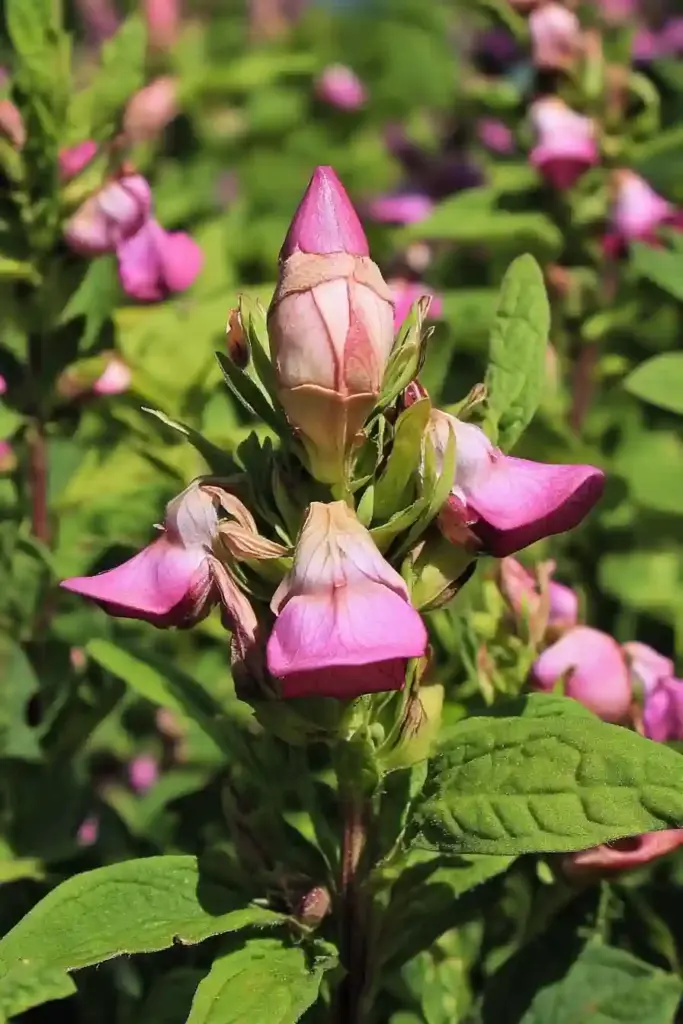
- Zones: 3–8
- Light: Partial to full shade
- Why It’s Great: With unique blooms that resemble a turtle’s head, this native plant is perfect for moist, shaded areas. Pink or white flowers appear in late summer.
- Ideal Pairing: Works well with hostas and ferns
11. Virginia Bluebells
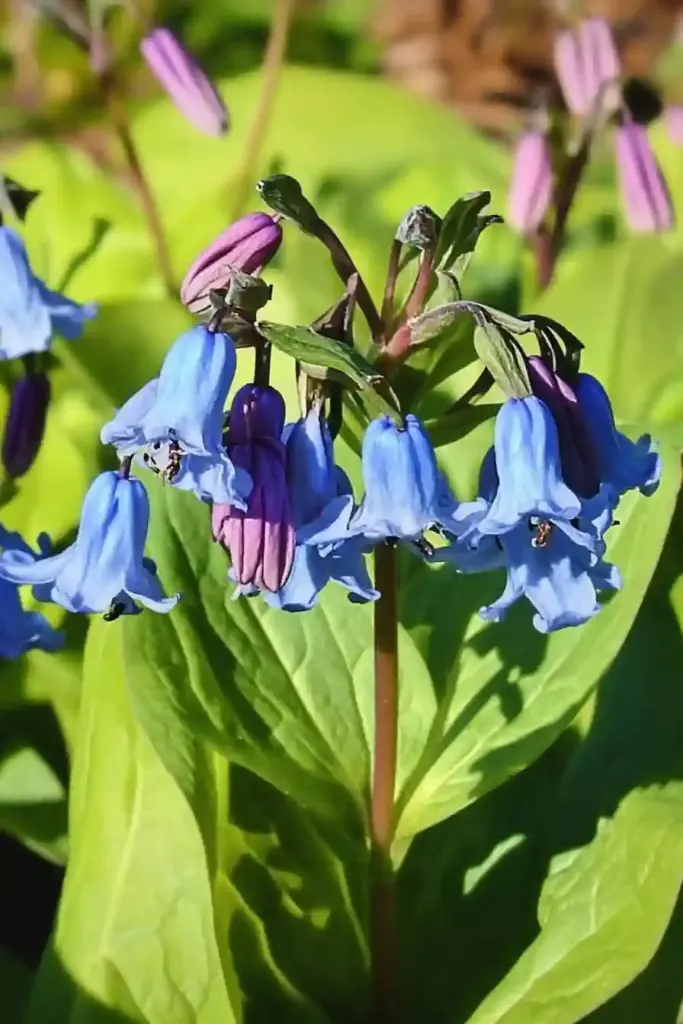
- Zones: 3–8
- Light: Partial to full shade
- Why It’s Great: These early spring bloomers feature bell-shaped flowers that start pink and turn a stunning blue. They naturalize well in shady, moist spots.
- Seasonal Highlight: Fades gracefully after spring to make room for summer perennials
12. Columbine (Aquilegia)
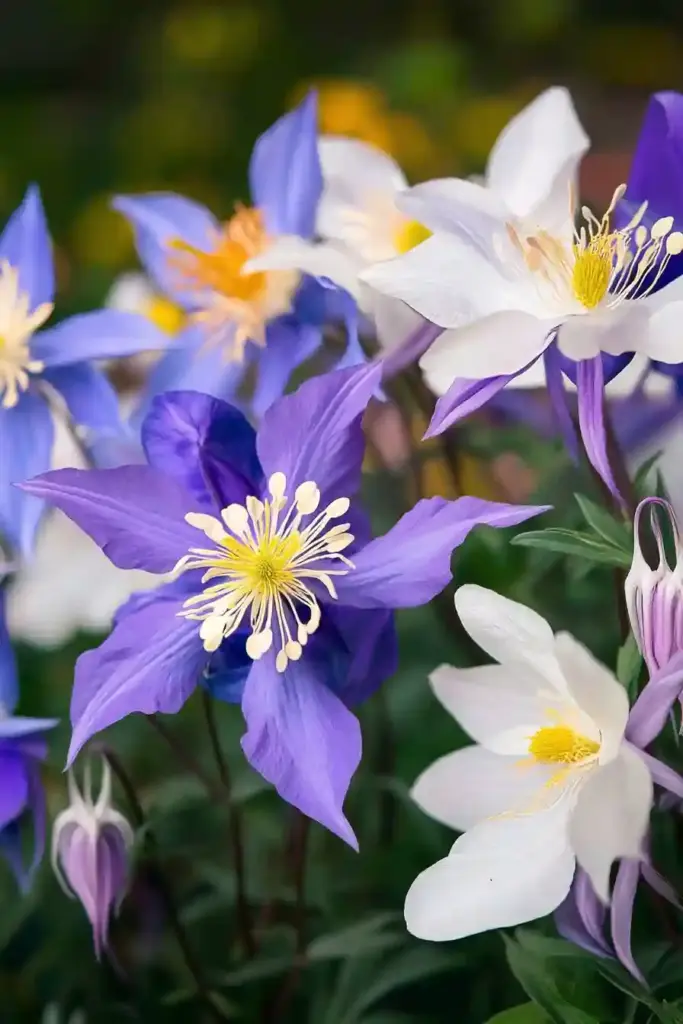
- Zones: 3–9
- Light: Sun to part shade
- Why It’s Great: Delicate and airy, columbines offer two-toned flowers with long spurs that attract hummingbirds. Perfect for woodland edges or lightly shaded gardens.
- Colors Available: Reds, purples, blues, and even bi-color
13. Balloon Flower (Platycodon)
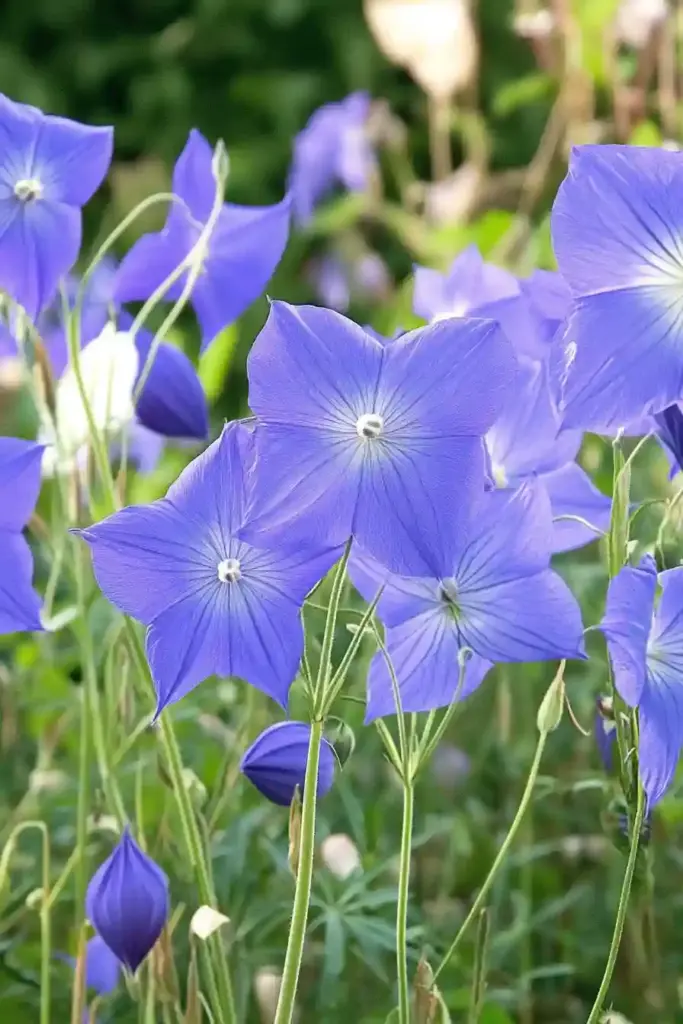
- Zones: 3–8
- Light: Full sun to part shade
- Why It’s Great: Named for their balloon-like buds that open into star-shaped flowers, these are low-maintenance, charming additions to any shady bed.
- Growth Tip: Slow to emerge in spring—mark their spots!
Pollinator Magnets & All-Season Bloomers
Pollinators like bees, butterflies, and hummingbirds are essential for a thriving garden. Choosing the best perennials that bloom across seasons ensures both beauty and biodiversity.
14. Aster
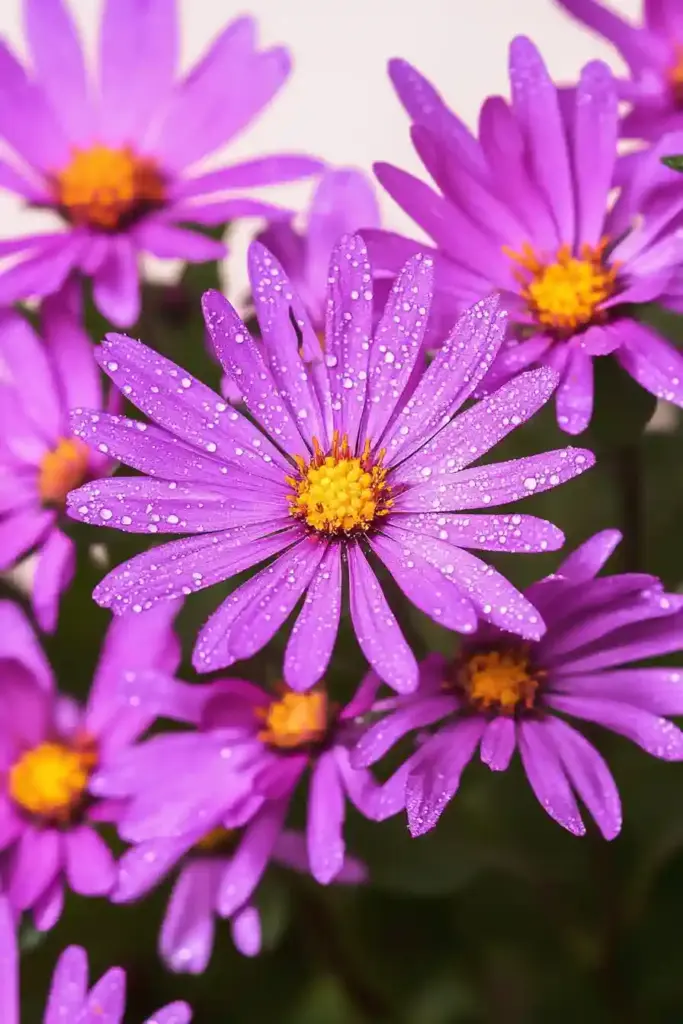
- Zones: 3–8
- Bloom Time: Late summer to fall
- Why It’s Great: Asters offer bursts of purple, pink, or white just as most other flowers fade. They’re vital late-season food for bees and butterflies.
- Ideal Use: Border plantings or naturalized meadows
15. Foxglove (Digitalis)
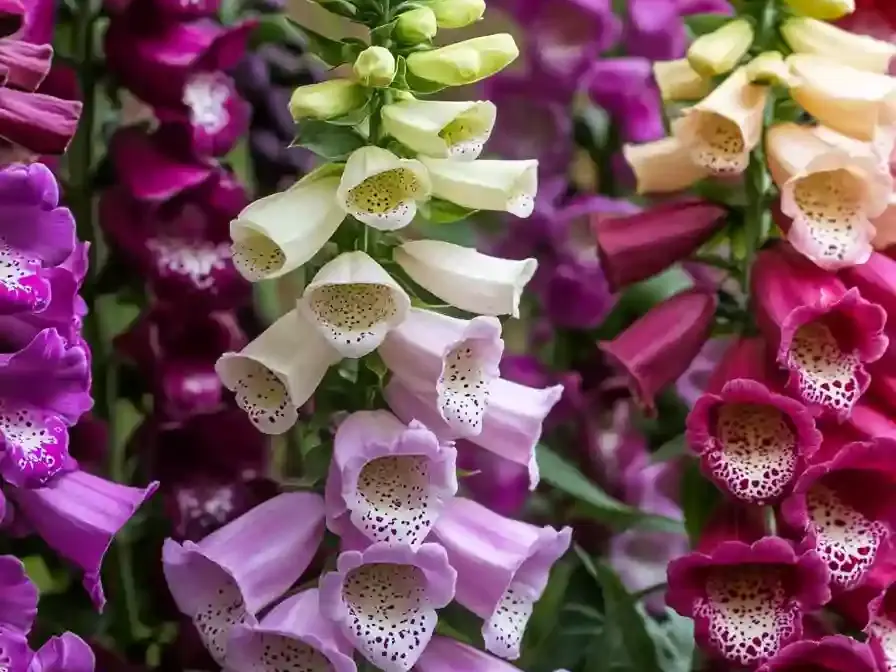
- Zones: 4–10
- Bloom Time: Late spring to early summer
- Why It’s Great: Towering spires of bell-shaped blooms add dramatic height and are loved by hummingbirds. A must-have for vertical interest in partial shade.
- Note: Toxic if ingested—keep away from pets and small children.
16. Butterfly Weed (Asclepias tuberosa)
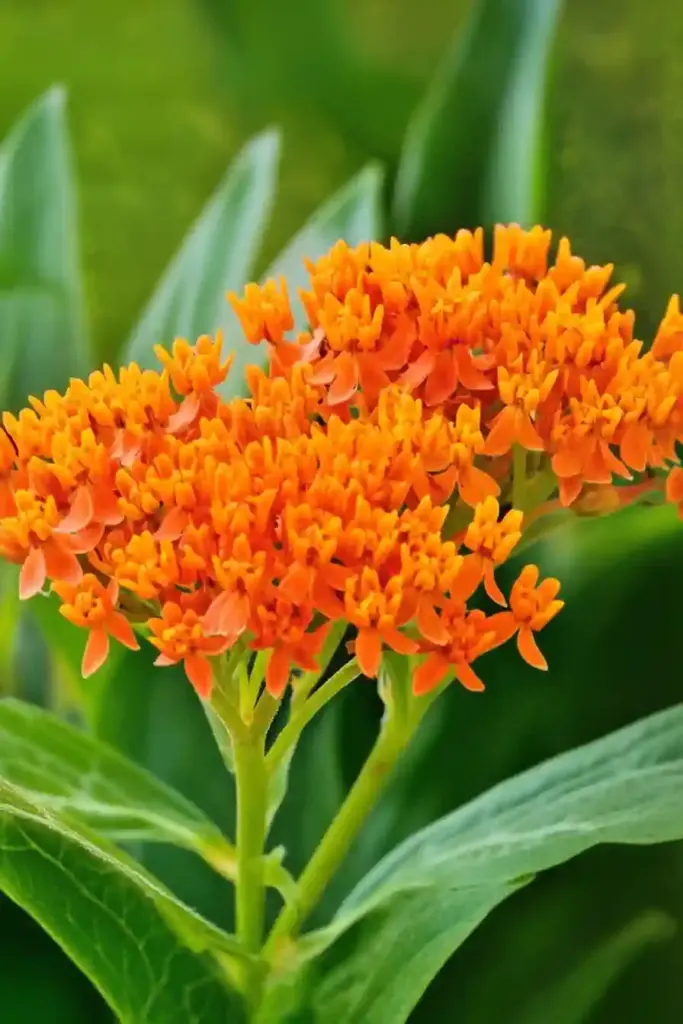
- Zones: 3–9
- Bloom Time: Mid to late summer
- Why It’s Great: A milkweed relative with orange or yellow flowers, this native perennial is the go-to host plant for monarch butterflies.
- Soil: Prefers sandy, well-drained areas
- Extra Benefit: Drought-tolerant and deer-resistant
17. Garden Phlox (Phlox paniculata)
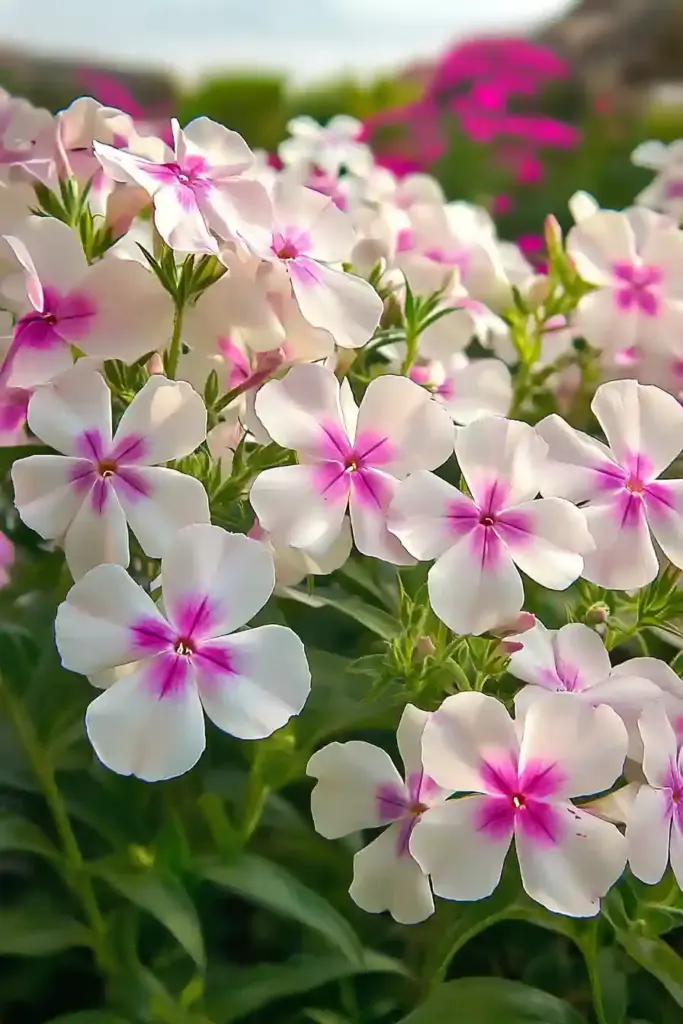
- Zones: 4–8
- Bloom Time: Mid to late summer
- Why It’s Great: Known for its sweet scent and wide range of colors (from white to deep purple), phlox is irresistible to pollinators.
- Great For: Cutting gardens and cottage garden borders
18. Yarrow (Achillea)
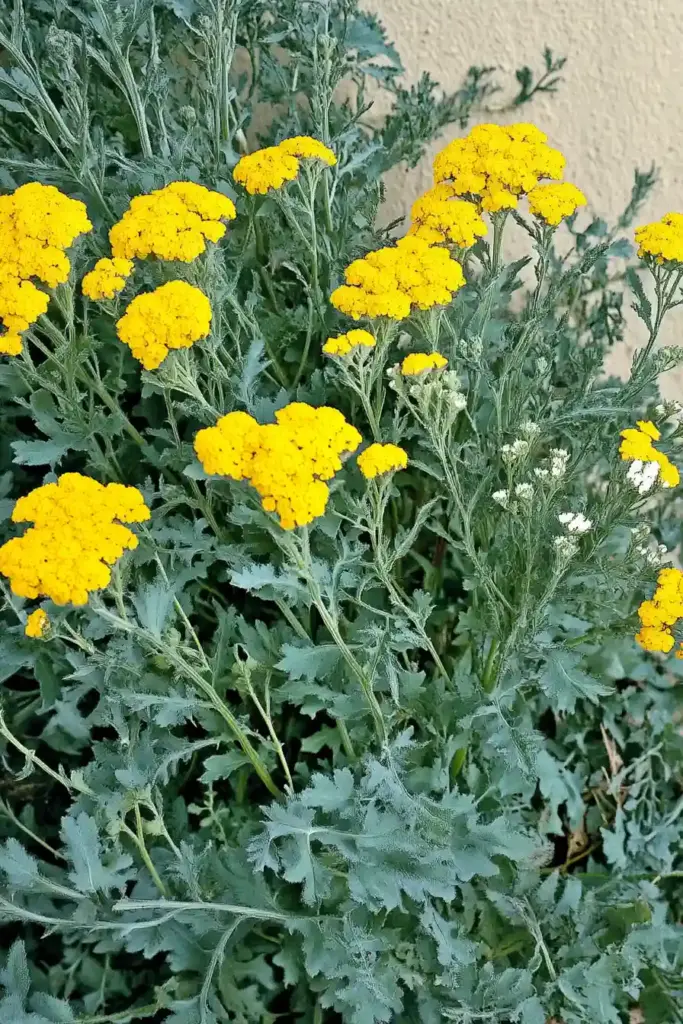
- Zones: 3–9
- Bloom Time: Summer through fall
- Why It’s Great: Flat flower clusters in bold shades of yellow, pink, and red attract butterflies while the feathery foliage adds texture.
- Top Perk: Excellent drought resistance
19. Allium
- Zones: 4–9
- Bloom Time: Late spring to early summer
- Why It’s Great: These ornamental onions boast globe-shaped flowers atop tall stems. Their dramatic shape and strong scent also repel deer and pests.
- Design Tip: Plant in clusters for maximum impact
20. Tickseed (Coreopsis)
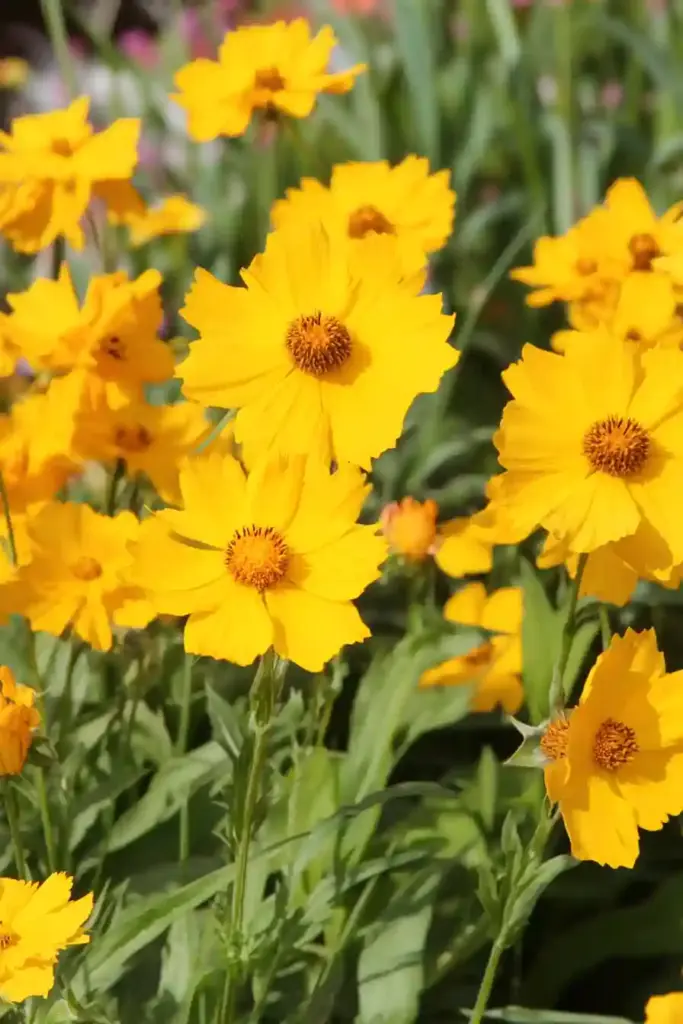
- Zones: 2–8
- Bloom Time: Early summer through fall
- Why It’s Great: These daisy-like flowers are easy-care, long-blooming, and covered in cheerful yellow, red, or bi-color blooms.
- Use Case: Perfect for mass planting or brightening up borders
Each of these perennials supports pollinators and keeps your garden looking alive from early spring to late fall. They’re the gift that keeps on giving—year after year.
Low-Maintenance Perennials for Tough Garden Spots
Whether you’re dealing with hungry deer, dry spells, or poor soil, these best perennials are up to the challenge. They’re resilient, low-maintenance, and still bring color and charm to your landscape.
21. Catmint (Nepeta)
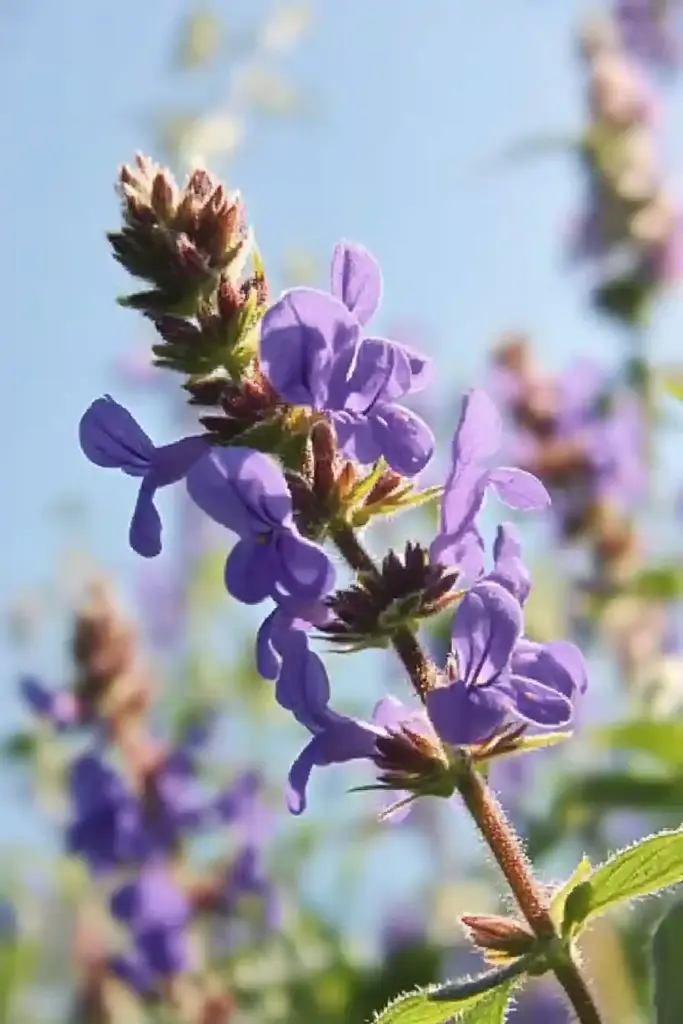
- Zones: 3–8
- Light: Full sun to part shade
- Why It’s Great: Soft, lavender-blue flowers bloom all summer long on this fragrant, deer- and rabbit-resistant plant. Its low, mounding habit makes it great for edging.
- Bonus: Attracts bees and butterflies
22. Penstemon
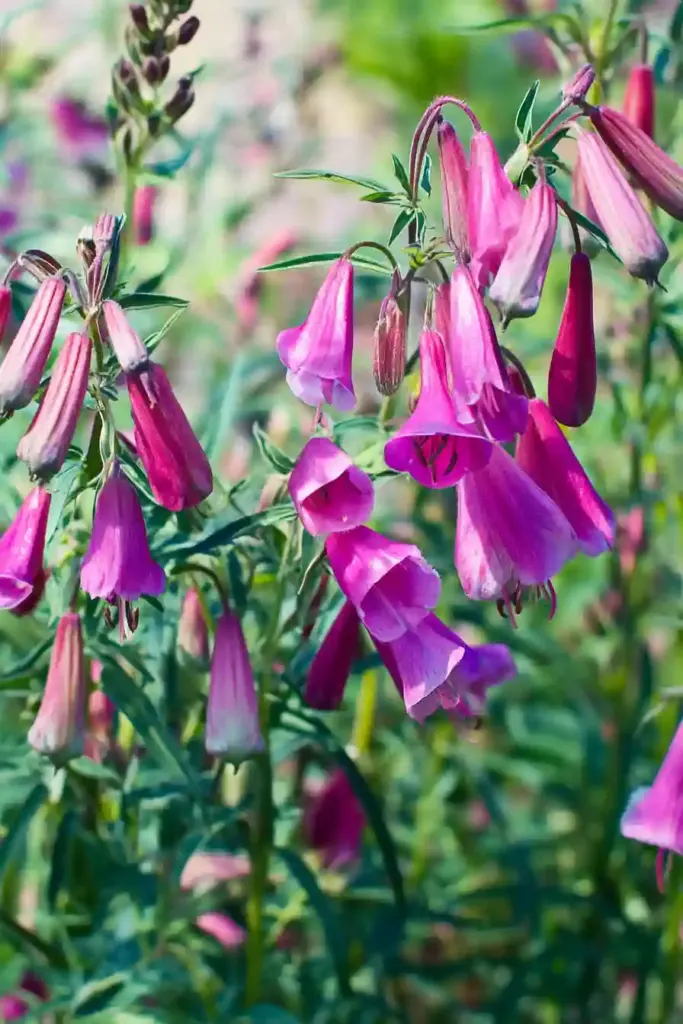
- Zones: 3–9
- Light: Full sun
- Why It’s Great: This tubular-blooming perennial adds pops of red, pink, and purple to your beds while resisting deer and tolerating drought.
- Best Used For: Wildlife-friendly, low-water landscapes
23. False Indigo (Baptisia)
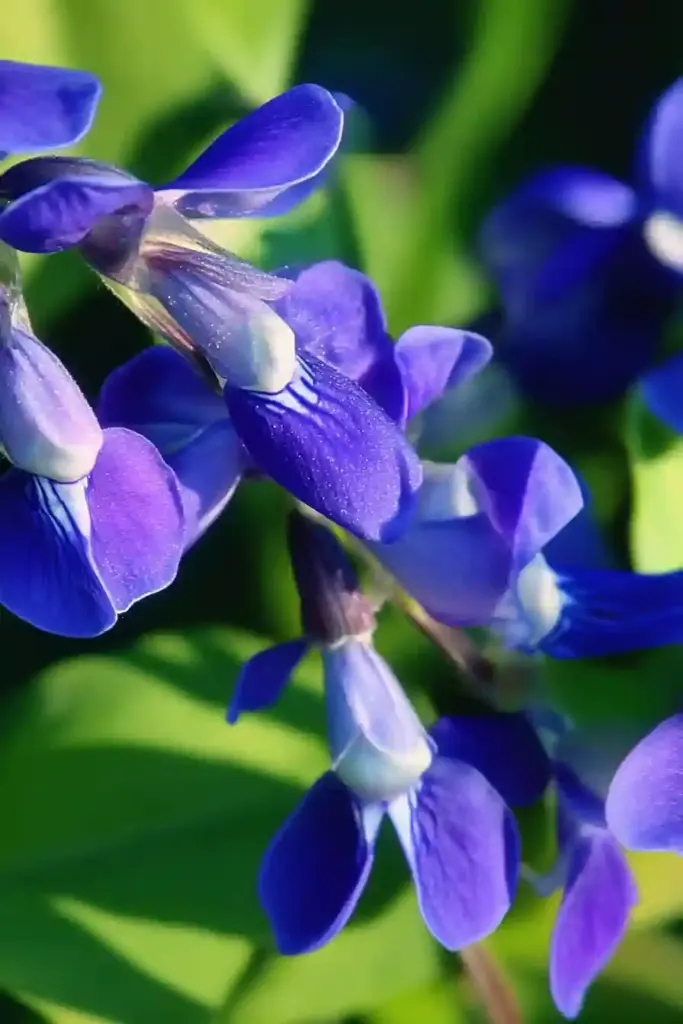
- Zones: 3–9
- Light: Full sun
- Why It’s Great: Tough and long-lived, Baptisia boasts bold blue flower spikes and handles dry, lean soils with ease.
- Design Tip: Pairs beautifully with ornamental grasses
24. Alliums
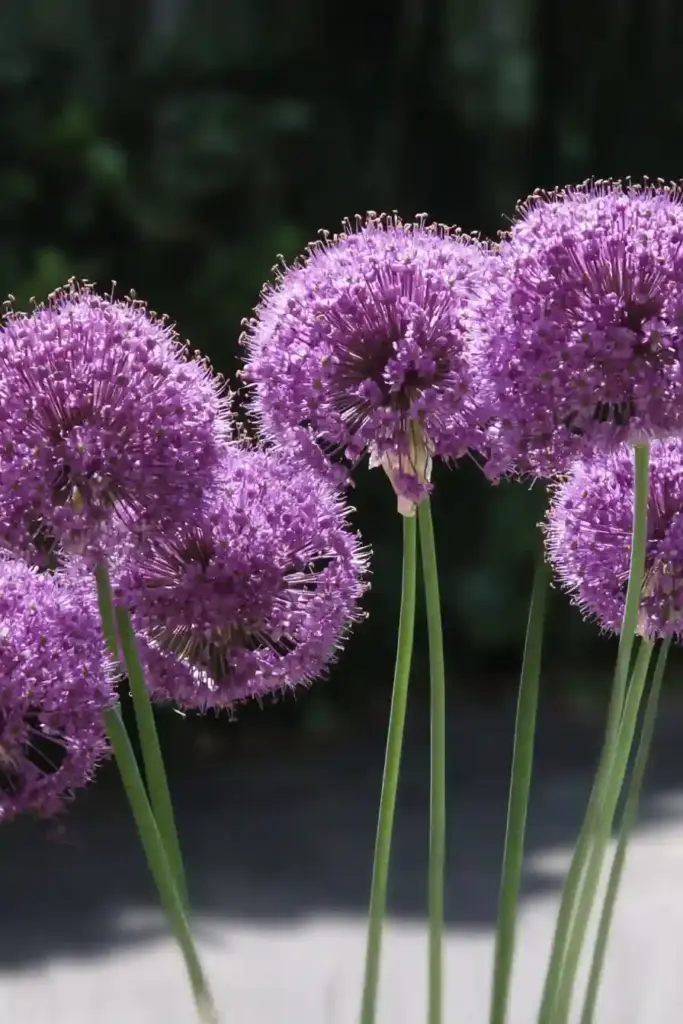
- Zones: 4–9
- Light: Full sun
- Why It’s Great: Alliums (ornamental onions) are striking, globe-shaped flowers perched atop tall, slender stems. Their unique structure adds bold architectural flair to borders and beds. Plus, their strong scent naturally repels deer, squirrels, and other pests.
- Best Used For: Garden focal points, mixed beds, or planted in drifts for dramatic effect
- Bonus Tip: They pair beautifully with low-growing ground covers and late-spring bloomers
25. Geranium (Cranesbill)
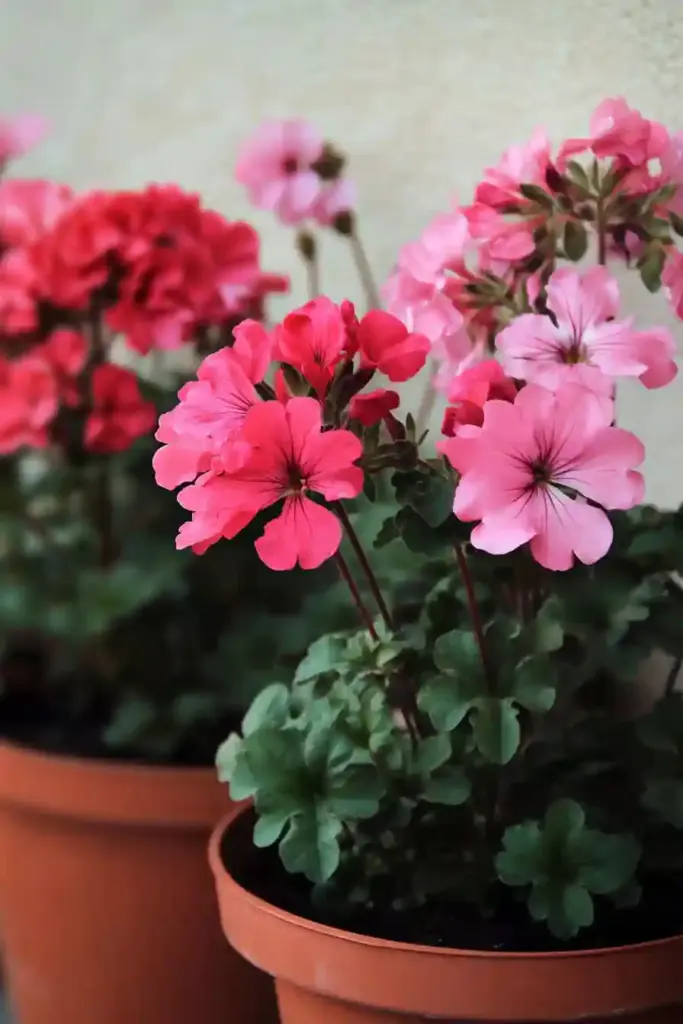
- Zones: 4–7
- Light: Full sun to part shade
- Why It’s Great: Unlike their annual cousins, perennial geraniums bloom reliably and require little fuss. Many varieties offer attractive fall foliage as a bonus.
- Soil Needs: Well-drained and moderately fertile
26. Delphinium
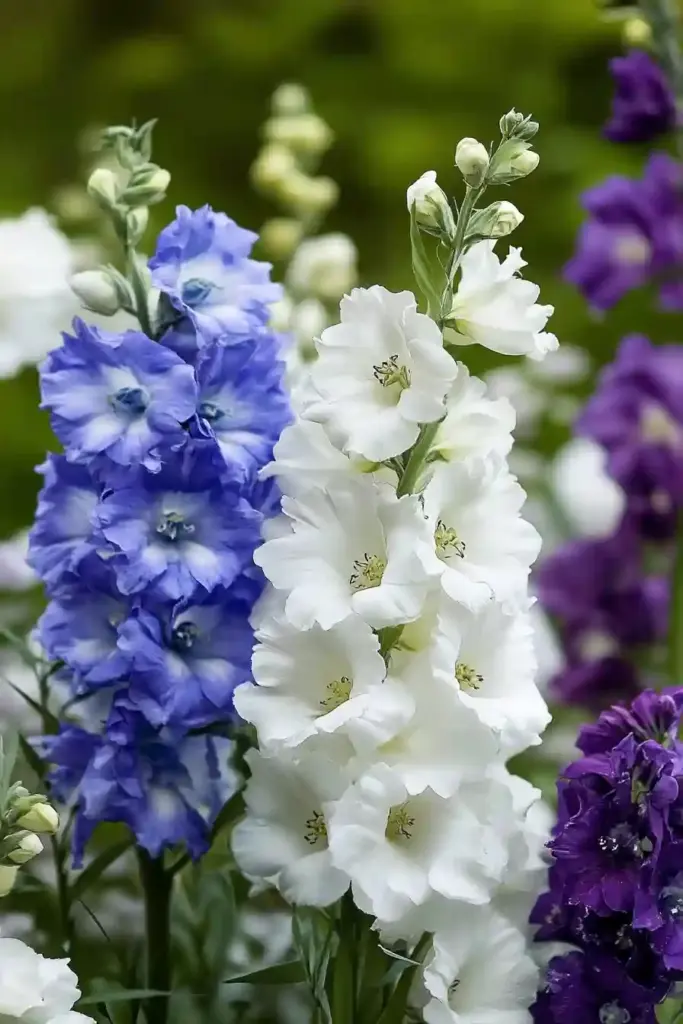
- Zones: 3–8
- Light: Full sun
- Why It’s Great: With towering spires in brilliant blue and violet shades, delphiniums create striking backdrops in beds.
- Maintenance Tip: Stake taller stems and provide wind protection
27. Shasta Daisy (Leucanthemum x superbum)
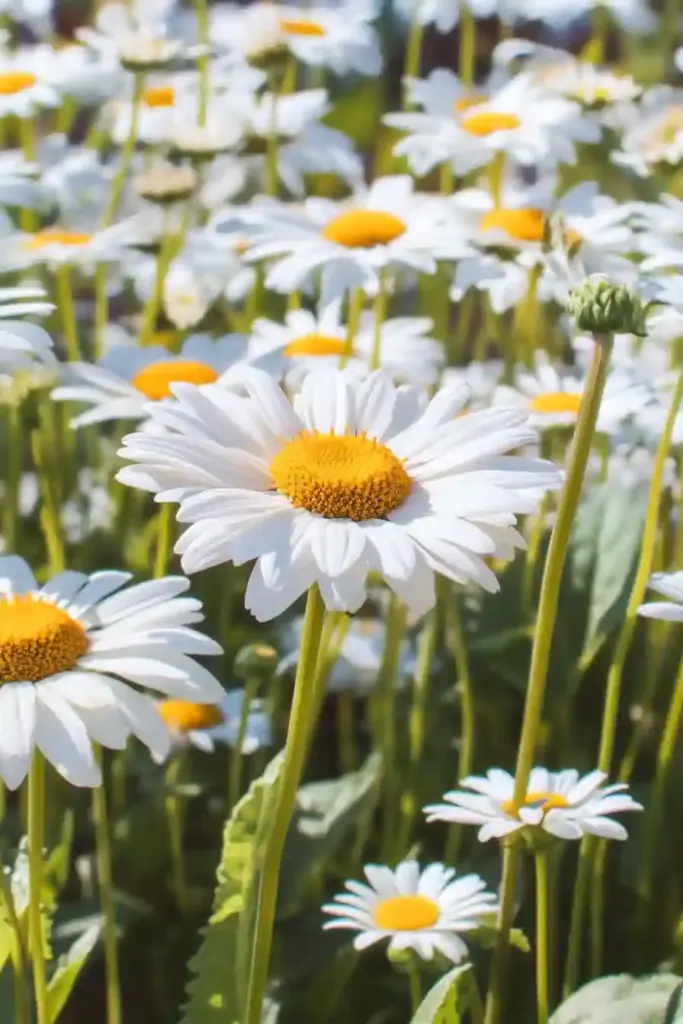
- Zones: 4–9
- Light: Full sun
- Why It’s Great: These cheerful, classic white blooms with yellow centers are deer-resistant and bloom steadily through summer.
- Perfect For: Cottage gardens, borders, and cutting
28. Goldenrod (Solidago)
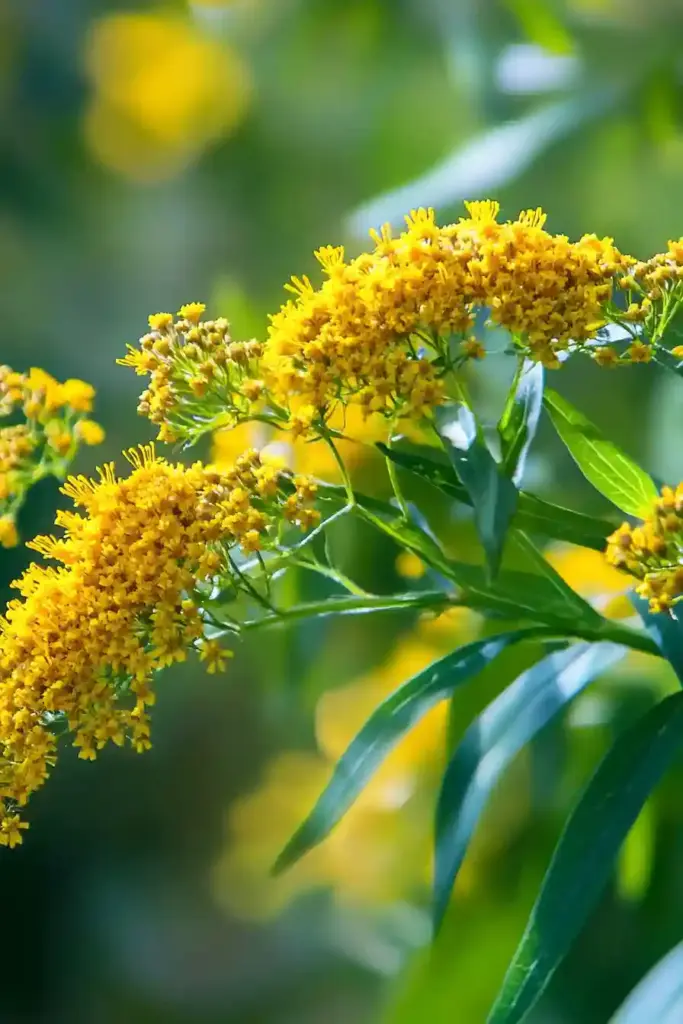
- Zones: 3–10
- Light: Full sun to part shade
- Why It’s Great: Goldenrod’s fluffy yellow spikes bring fall color and are pollinator powerhouses. Despite old myths, it doesn’t cause allergies.
- Pro Tip: Ideal for naturalized or prairie-style plantings
29. Hyacinth
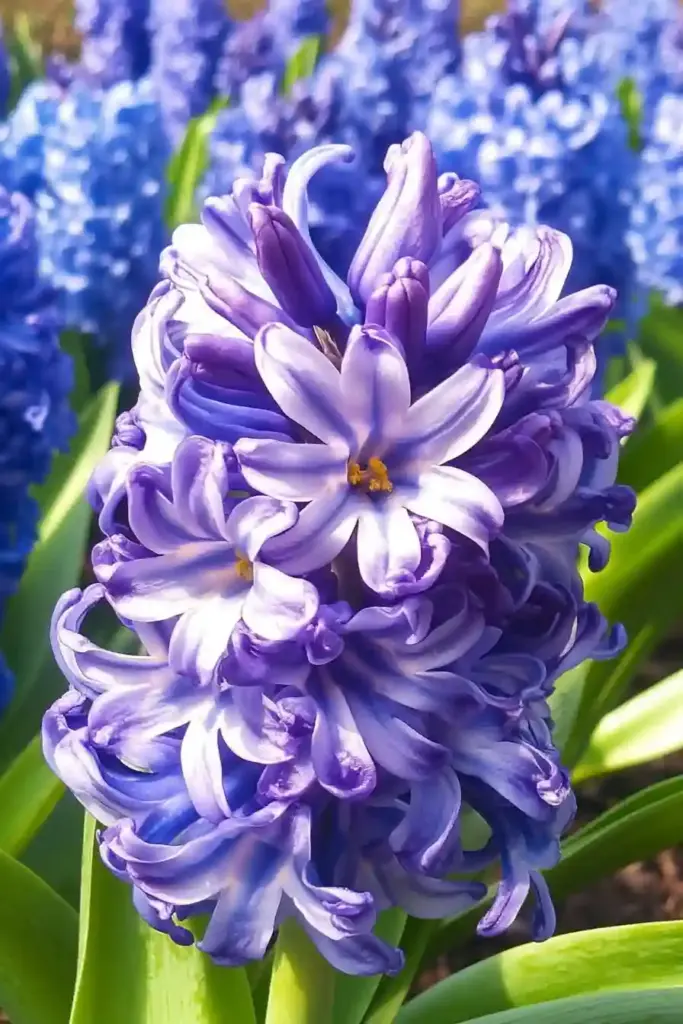
- Zones: 4–9
- Light: Full sun to part shade
- Why It’s Great: These early-spring bloomers offer intense color and sweet fragrance. They’re great in containers or as ground accents.
- Design Tip: Plant near walkways for a burst of spring scent
30. Sneezeweed (Helenium)
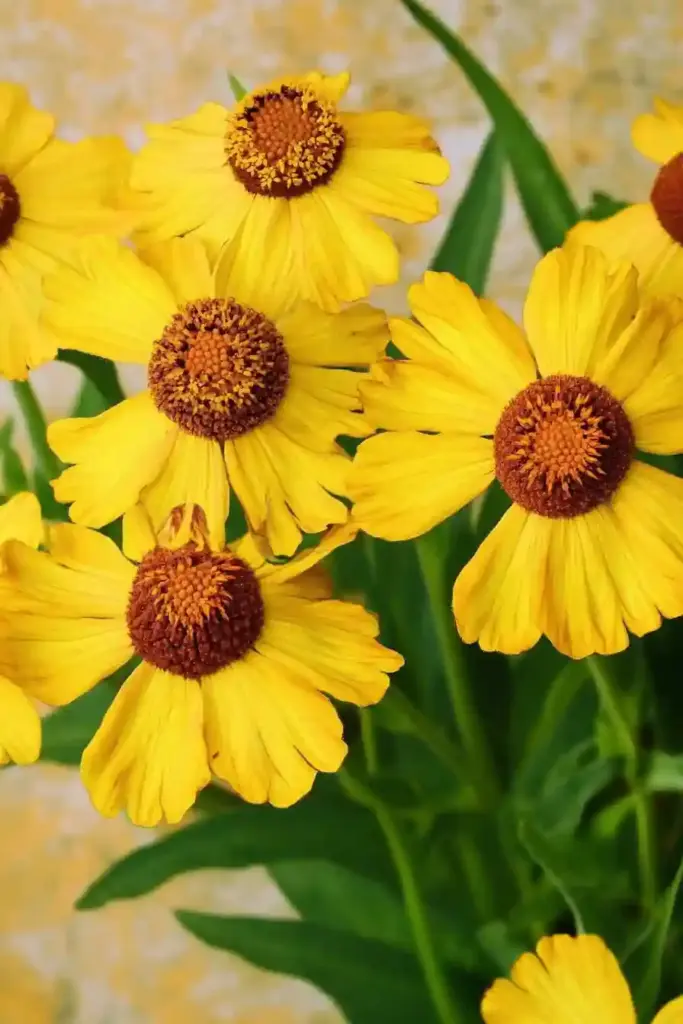
- Zones: 3–10
- Light: Full sun
- Why It’s Great: Bursting with autumn reds, yellows, and bronzes, sneezeweed (despite its name) doesn’t trigger allergies. It thrives in wetter soils and supports bees well into fall.
- Ideal For: Rain gardens or late-season displays
31. Clematis
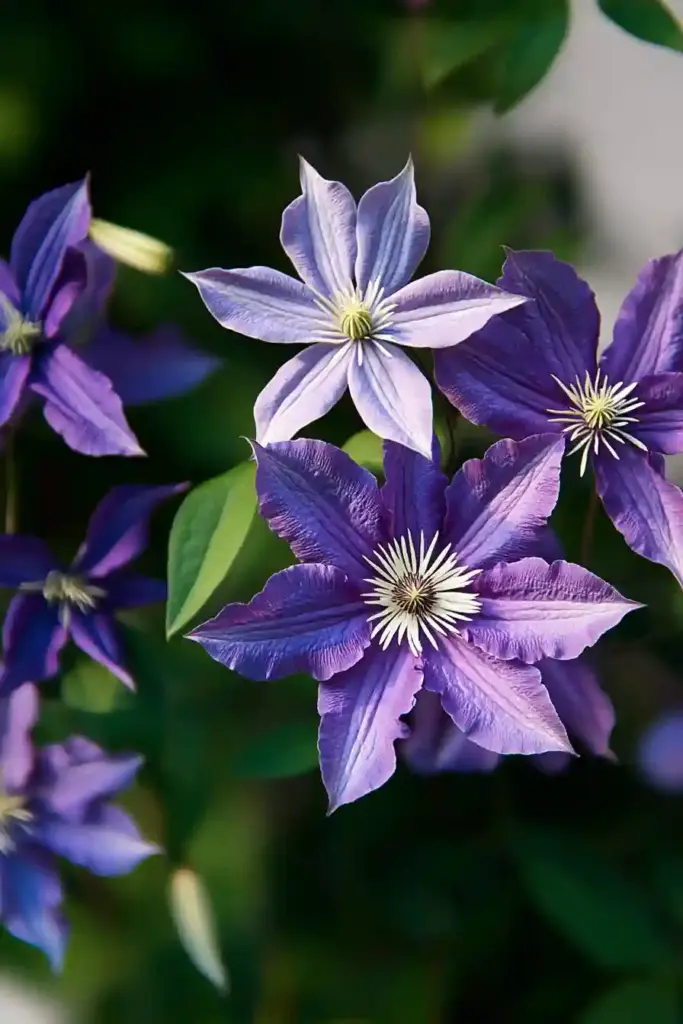
- Zones: 4–9
- Light: Full sun to part shade
- Why It’s Great: This vining beauty adds vertical flair with oversized flowers in stunning shades of purple, pink, or white.
- Growth Tip: Provide a trellis or arbor and mulch the roots for moisture
32. Hydrangea
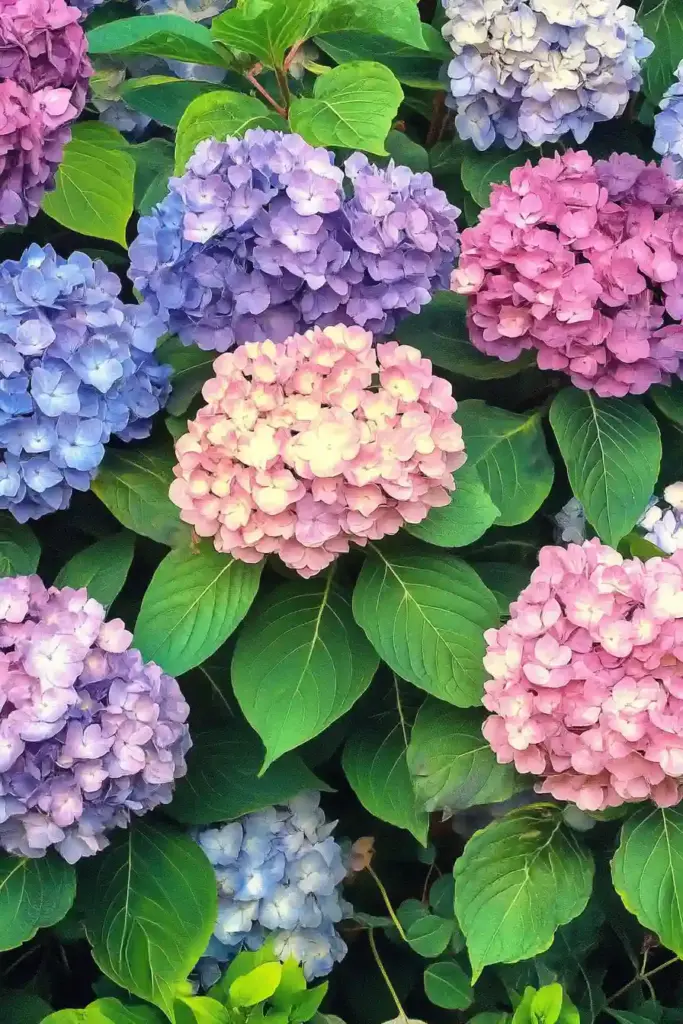
- Zones: 4–9
- Light: Morning sun, afternoon shade
- Why It’s Great: Big, fluffy blooms that change color based on soil pH—what’s not to love? Hydrangeas are show-stoppers in mixed borders.
- Watering Note: Needs consistent moisture for best blooms
These final picks prove that a low-maintenance garden doesn’t mean low on style or performance. Just plant once—and let them do their thing year after year.
Conclusion: Build a Garden That Blooms Every Year
Adding the best perennials to your garden is one of the smartest ways to create a colorful, low-maintenance landscape that gets better with time. Whether you’re looking to attract pollinators, fill a shady corner, or add nonstop seasonal color, there’s a perennial for every garden need.
By choosing perennials that match your light, soil, and climate conditions, you’ll enjoy a thriving garden that requires less replanting and more enjoyment. From sunny borders to woodland beds, these dependable bloomers will reward you with beauty year after year.
So grab your gloves, dig in, and plant once—because the best perennials always come back.
🌿 Love gardening inspiration? Follow me on Pinterest for bold plant ideas, tips, and seasonal color!
More Posts
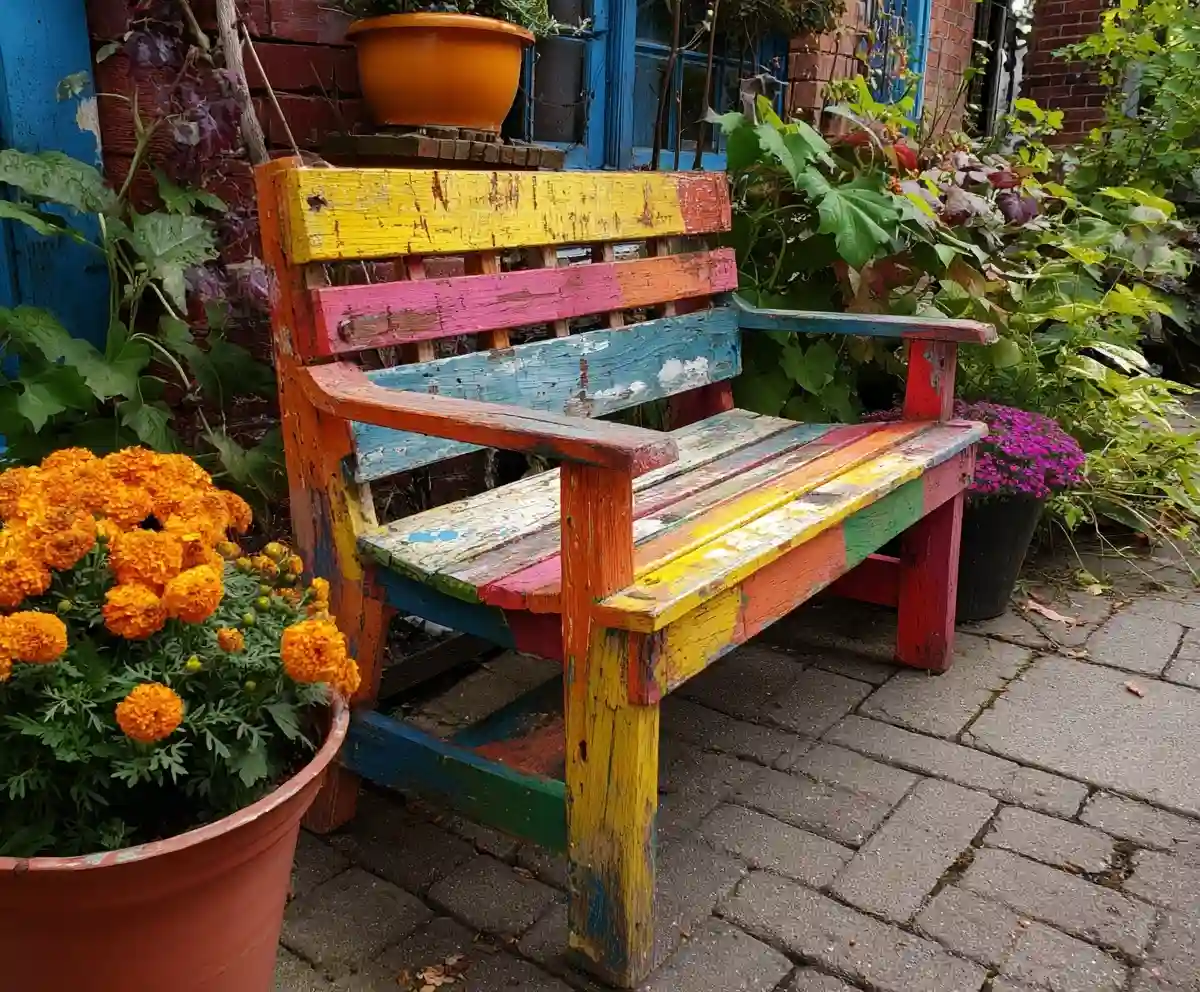
19+ Budget-Friendly Backyard Makeover Ideas
Backyard makeover ideas can turn even the most ordinary outdoor space into a warm, inviting retreat—without draining your wallet.
Read More →
21 Stunning & Simple DIY Clematis Trellis Designs
DIY clematis trellis designs are a beautiful way to blend creativity with function in your garden.
Read More →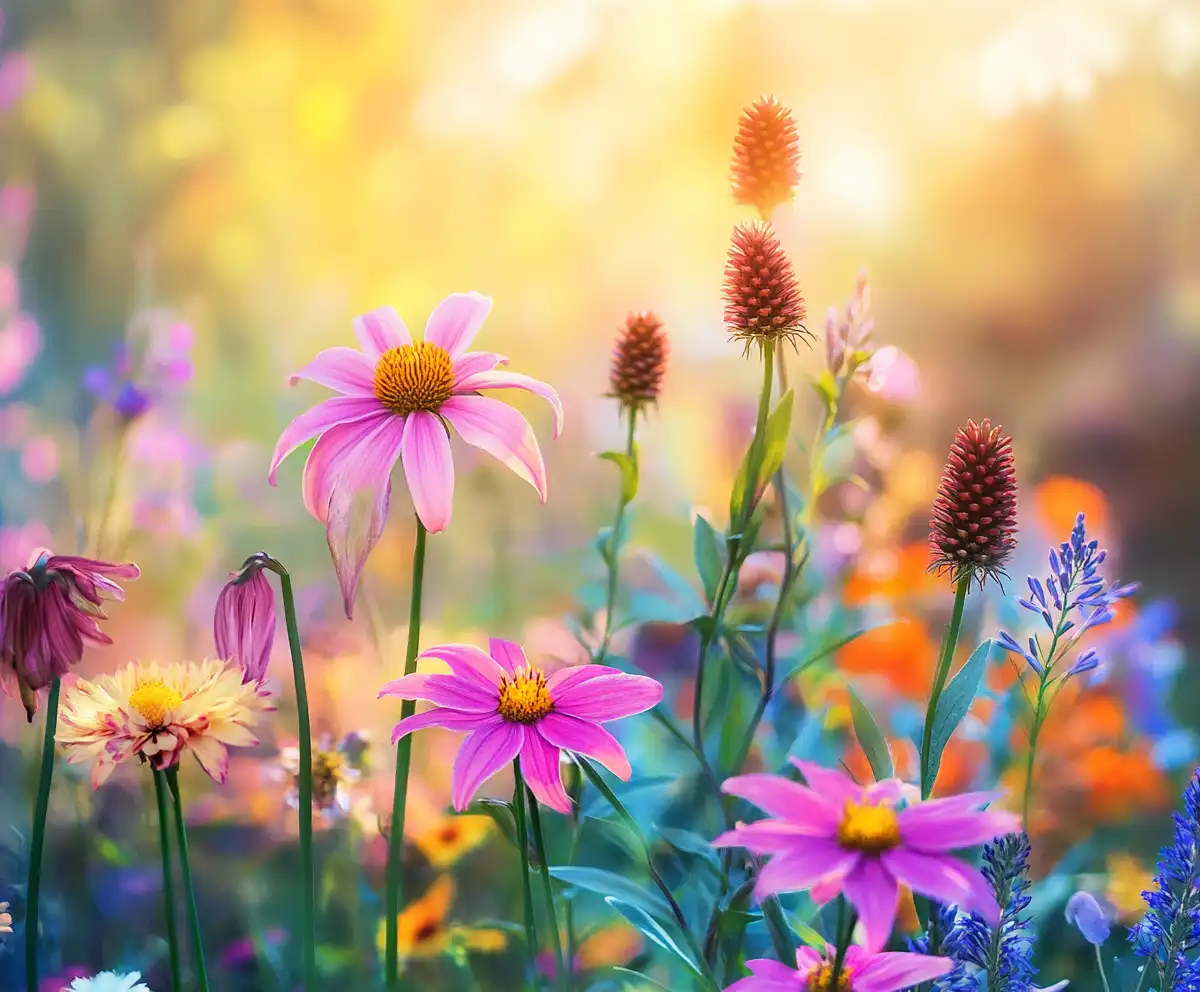
12 Full Sun Perennials That Bloom All Summer
Explore a selection of hardy perennials that flourish and bloom beautifully in full sun throughout the summer.
Read More →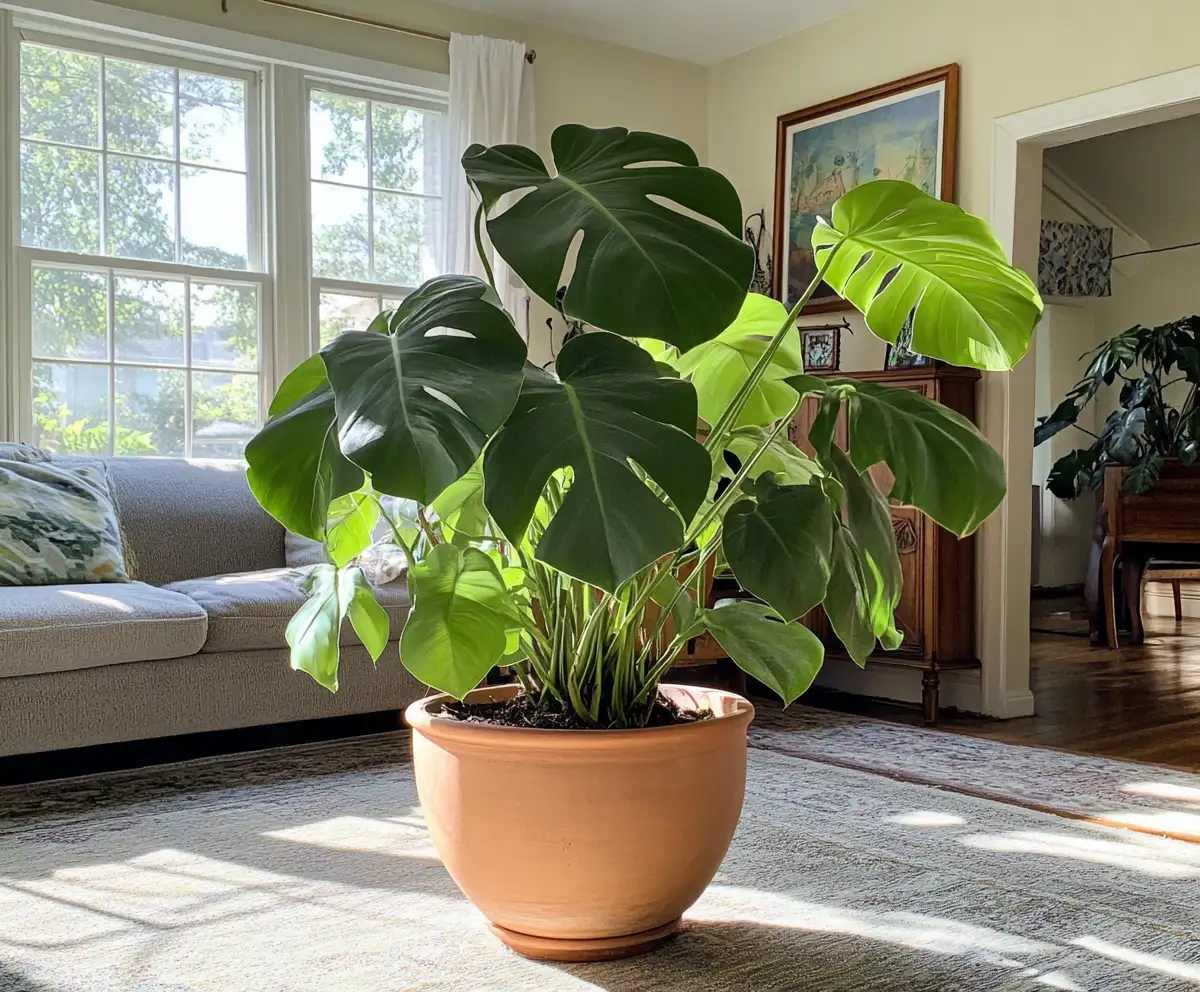
Houseplants for Living Room
Find the perfect houseplants to brighten and purify your living room while adding a touch of nature indoors.
Read More →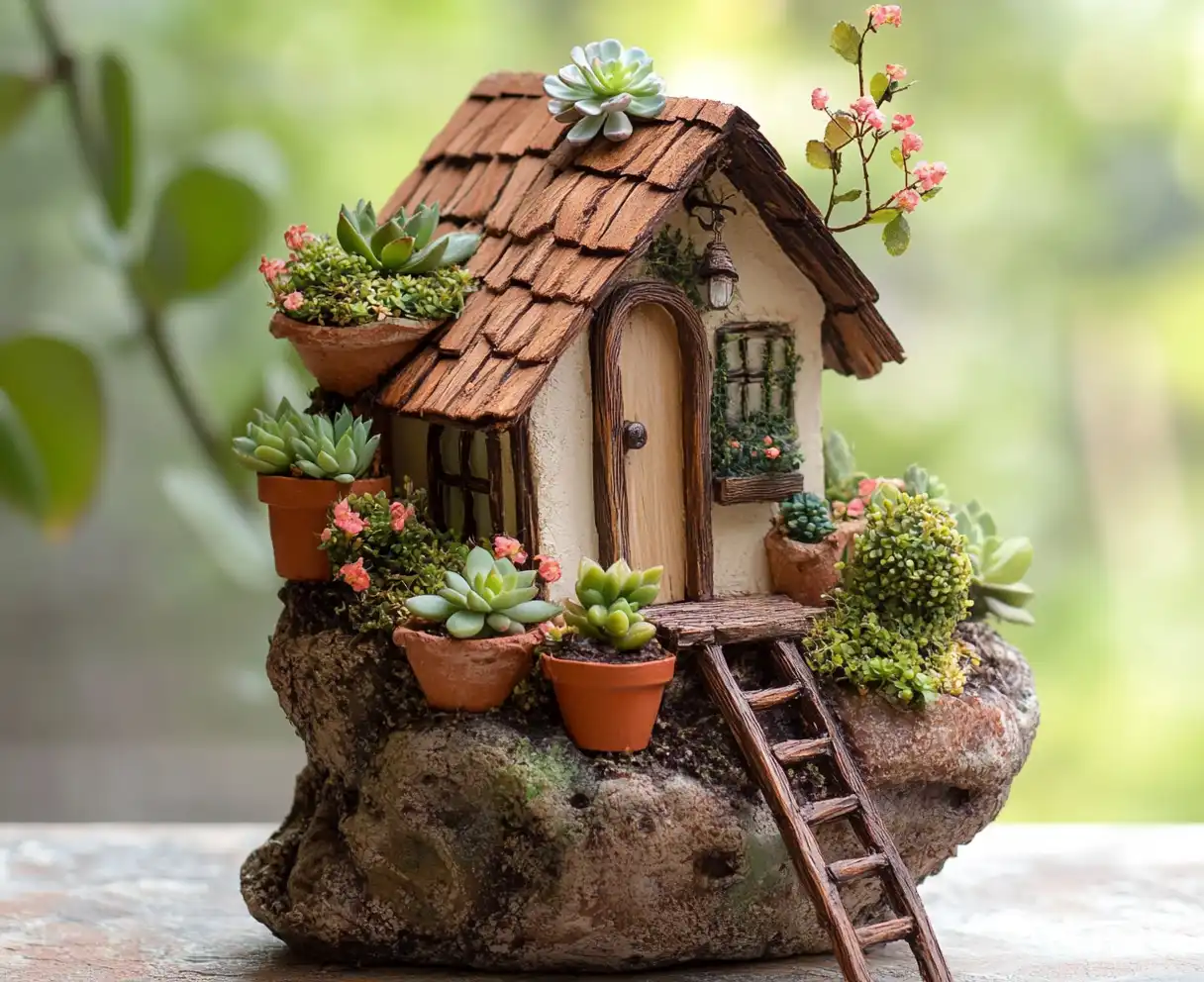
Backyard Play Area for Kids
Create a fun and safe backyard play area for kids with these inspiring design ideas and tips.
Read More →
Top Privacy Trees
Discover top tree varieties that provide natural privacy and enhance your outdoor space.
Read More →
